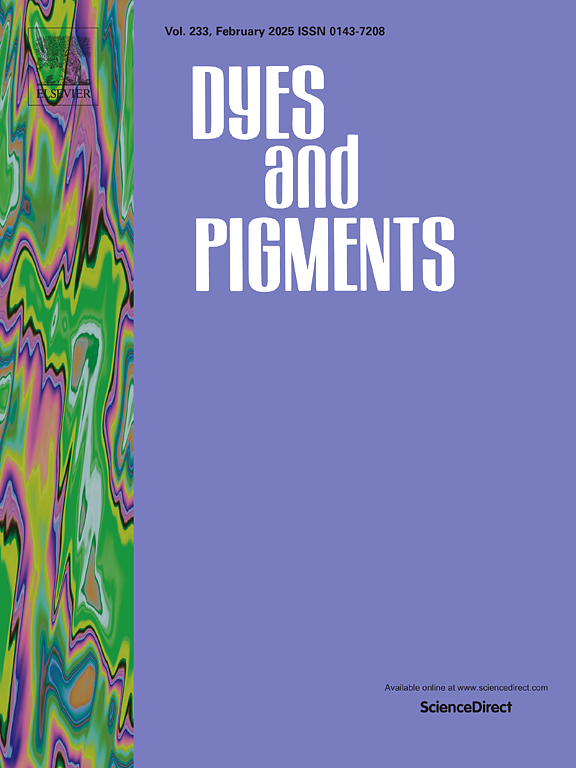Enhanced NIR-II photoacoustic imaging performance of donor-acceptor semiconducting polymers enabled by donor conjugation extension
IF 4.1
3区 工程技术
Q2 CHEMISTRY, APPLIED
引用次数: 0
Abstract
Polymer-based photoacoustic imaging (PAI) in the second near-infrared window (NIR-II, 1000–1700 nm) has gained significant attention due to its unique advantages. However, the development of high-performance polymer contrast agents for NIR-II PAI still falls short of clinical needs, largely owing to a limited understanding of structure-property relationships. This study introduces a series of donor-acceptor (D-A) polymers PT-ATQ, PTT-ATQ, and PDTT-ATQ designed with progressively longer conjugated donor (D) units: thiophene (T), thieno[3,2-b]thiophene (TT), and dithieno[3,2-b:2′,3′-d]thiophene (DTT), aiming to understand the effects of conjugation extension in the D unit on PAI performance. Density functional theory (DFT) calculations showed that increasing the conjugation length enhances electron delocalization along the polymer backbone, boosting the conjugation effect and improving molecular coplanarity. Spectroscopic studies confirmed that this extension of conjugation and enhanced coplanarity significantly raised the absorption coefficient of the water-soluble nanoparticles PDTT-ATQ@NPs. Further results indicated that PDTT-ATQ@NPs not only exhibited excellent biocompatibility but also deliver superior in vitro PAI performance when irradiated with a 1064 nm pulsed laser. In vivo experiments in mice demonstrated a substantial increase in photoacoustic signal intensity, particularly in the ear (138.7-fold) and brain vasculature (64.8-fold), enabling the clear visualization of ear microvessels at 50 μm and brain microvessels at 100 μm. This research highlights the importance of conjugation length in the D unit for enhancing the PAI performance of D-A polymer contrast agents, offering crucial insights into the molecular design for future advancements in this field.

求助全文
约1分钟内获得全文
求助全文
来源期刊

Dyes and Pigments
工程技术-材料科学:纺织
CiteScore
8.20
自引率
13.30%
发文量
933
审稿时长
33 days
期刊介绍:
Dyes and Pigments covers the scientific and technical aspects of the chemistry and physics of dyes, pigments and their intermediates. Emphasis is placed on the properties of the colouring matters themselves rather than on their applications or the system in which they may be applied.
Thus the journal accepts research and review papers on the synthesis of dyes, pigments and intermediates, their physical or chemical properties, e.g. spectroscopic, surface, solution or solid state characteristics, the physical aspects of their preparation, e.g. precipitation, nucleation and growth, crystal formation, liquid crystalline characteristics, their photochemical, ecological or biological properties and the relationship between colour and chemical constitution. However, papers are considered which deal with the more fundamental aspects of colourant application and of the interactions of colourants with substrates or media.
The journal will interest a wide variety of workers in a range of disciplines whose work involves dyes, pigments and their intermediates, and provides a platform for investigators with common interests but diverse fields of activity such as cosmetics, reprographics, dye and pigment synthesis, medical research, polymers, etc.
 求助内容:
求助内容: 应助结果提醒方式:
应助结果提醒方式:


